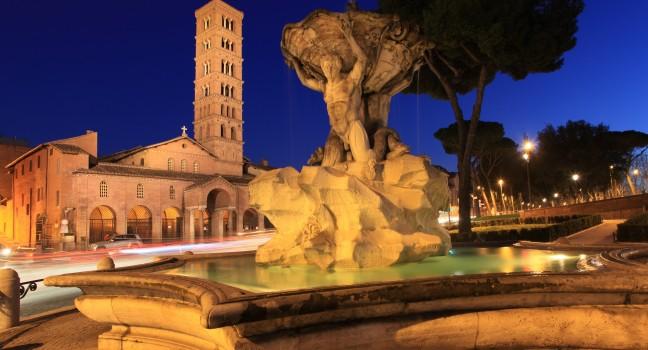Centrale Montemartini
A decommissioned early-20th-century power plant is now this intriguing exhibition space for the overflow of ancient art from the Musei Capitolini collection. Getting here is half the fun. A 15-minute walk from the heart of Testaccio iwill lead you past walls covered in street art to the urban district of Ostiense. Head southwest and saunter under the train tracks passing buildings adorned with four-story-high murals until you reach the often-uncrowded Centrale Montemartini, where Roman sculptures and mosaics are set amid industrial machinery and pipes.
Unusually, the collection is organized by the area in which the ancient pieces were found. Highlights include the former boiler room filled with ancient marble statues that once decorated Rome's private villas, such as the beautiful Esquiline Venus, as well as a large mosaic of a hunting scene.




